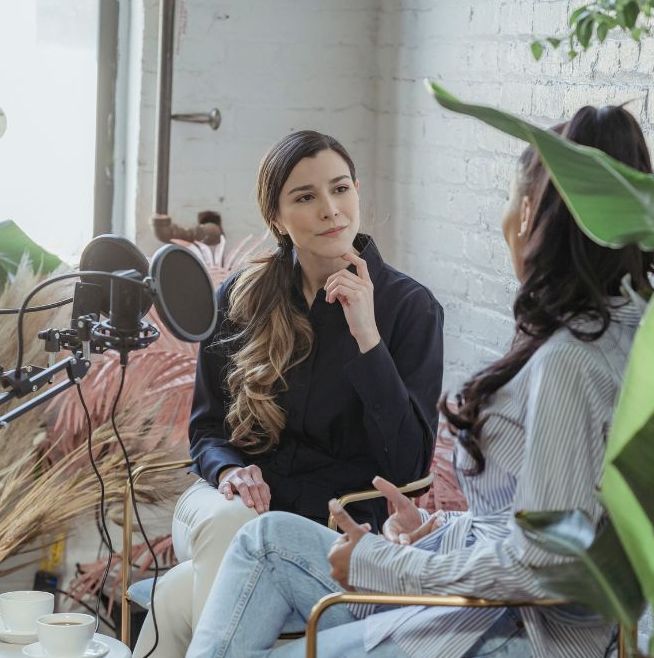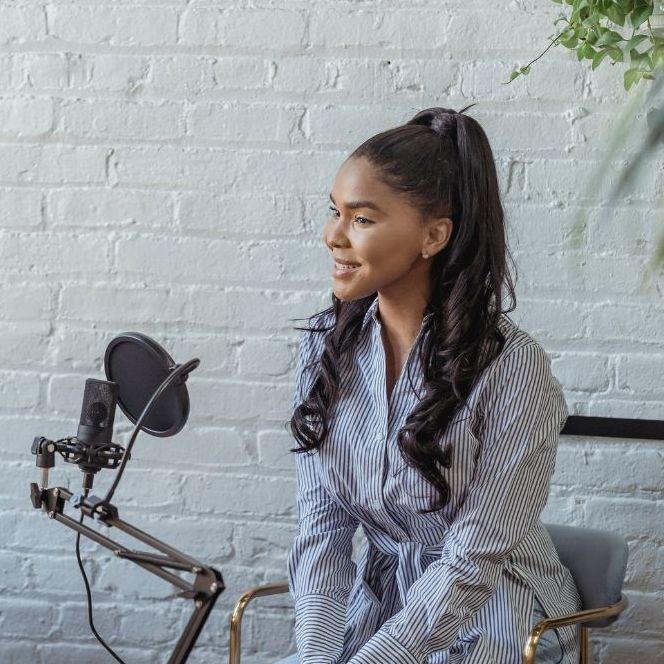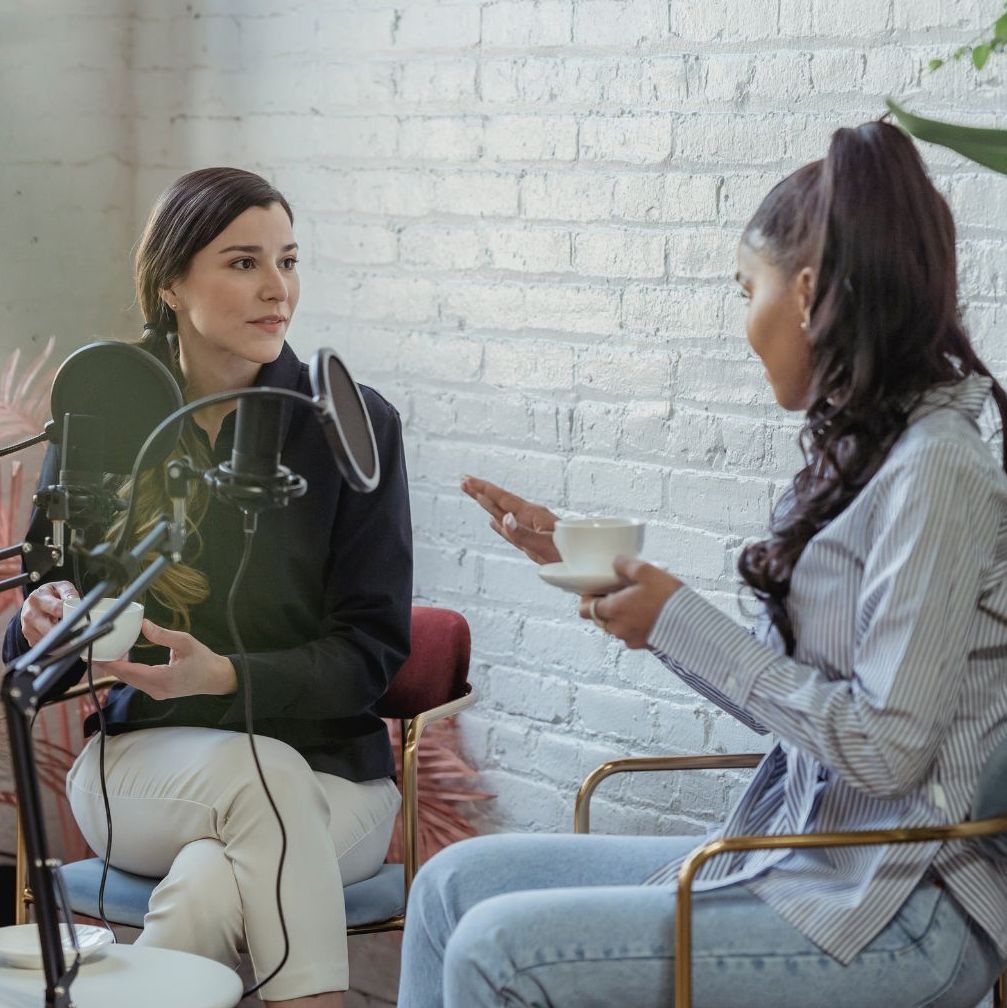Mastering Interview Techniques: Making Your Interviewees Feel Comfortable
These FAQs address the most common questions that people may have when it comes to planning, preparing for, conducting, and analysing interviews for various purposes. These FAQs are applicable to a wide range of industries and situations, such as academic research, radio broadcasting, podcast or webinar hosting, journalism, job interviews, and many others. The information provided also delves into specific aspects of the interview process, including planning for individual or group/focus group interviews, important considerations during interviews, effective questioning techniques, different interviewing styles, and the steps to review and interpret the outcomes after the interview has taken place.
What Interview Techniques Can I Use to Make My Interviewee Feel Comfortable and Open Up?
In the realm of interviews, whether you are a journalist seeking an engaging story, a researcher unravelling insights, a podcaster crafting compelling content, or an HR manager conducting a job interview, one of the most crucial skills you can possess is the ability to make your interviewees feel comfortable. The success of an interview often hinges on the interviewee’s willingness to open up and share their thoughts, experiences, and knowledge. In this article, we will delve into the world of interview techniques and explore strategies to ensure your interviewee is at ease, thus making your interviews more productive, insightful, and memorable.
Defining Interview Techniques for Comfort
Interview techniques refer to the methods and strategies employed by interviewers to create a comfortable and open atmosphere for their interviewees. These interview techniques are not limited to just asking questions; they encompass a wide range of interpersonal and communication skills that help to establish rapport and build trust with the person being interviewed. By using effective interview techniques, you can encourage your interviewee to share their thoughts and experiences more freely, resulting in a more enriching interview.
10 Key Strategies for a Comfortable Interview Experience
#1 Establishing a Connection
Building a connection with your interviewee is the first and foremost step in making them feel comfortable. Engage in small talk, find common ground, and show genuine interest in their background and experiences. This will help create a friendly and relaxed environment, making them more willing to open up.

Building a connection with your interviewee is the crucial first step in creating a comfortable interview atmosphere. To achieve this, engage in meaningful small talk that goes beyond mere pleasantries. Find common ground, whether it’s shared interests, experiences, or even similar career paths. Showing a genuine interest in their background and experiences goes a long way in making them feel valued and respected.
When seeking common ground, consider their personal or professional interests, such as hobbies or recent achievements. This not only eases tension but also demonstrates that you’ve done your homework and are genuinely interested in what makes them unique. Additionally, taking the time to research your interviewee’s background can help you identify potential conversation starters, making it easier to establish that initial connection.
Applying These Interview Techniques: If you’re interviewing a job candidate, you can start by asking about their journey to the interview location, their interests, or any recent experiences related to the job position.
#2 Active Listening
Active listening is a fundamental interviewing skill. Show that you are fully present and attentive during the interview. Nodding, maintaining eye contact, and responding appropriately to their statements conveys that you value what they have to say.
Active listening is more than just hearing words; it’s about being fully present and attentive during the interview. Nodding and maintaining consistent eye contact are essential, but take it a step further by responding appropriately to their statements. Engaging in active listening not only demonstrates your attentiveness but also conveys that you value what they have to say.
Avoid the temptation to formulate your next question while the interviewee is speaking. Instead, focus on absorbing their words and the emotions behind them. Reflect back what you’ve heard to ensure you’ve understood correctly. This not only builds trust but also encourages interviewees to share more openly, knowing they’re being heard.
Applying These Interview Techniques: Respond with phrases like “I see,” “Tell me more,” or “That’s interesting” to show you’re engaged in the conversation.
#3 Prepare Thoughtful Questions
Craft questions that are well thought out and specific to the interviewee’s background and experiences. Open-ended questions encourage interviewees to provide detailed responses, fostering a more engaging conversation.
Crafting thoughtful questions is an art that requires careful consideration. Your questions should be well-thought-out, specific to the interviewee’s background and experiences, and tailored to the purpose of the interview. Open-ended questions are particularly effective, as they encourage interviewees to provide in-depth responses, fostering a more engaging and insightful conversation.
Think about the desired outcomes of your interview and structure your questions accordingly. If your goal is to uncover personal insights, ask questions that prompt introspection. If you’re after specific details or professional expertise, frame questions that encourage them to share their knowledge. Crafting questions that align with your interview’s objectives will make the conversation more productive and satisfying for both you and your interviewee.
Applying These Interview Techniques: Instead of asking, “Do you like your job?” you can ask, “What aspects of your job do you find most fulfilling, and why?”
#4 Create a Comfortable Environment
Consider the physical setting of the interview. Ensure the room is comfortable, well-lit, and free from distractions. Offer refreshments if appropriate. A comfortable environment can put your interviewee at ease.
The physical setting of the interview plays a pivotal role in establishing comfort. Ensure that the room is not only comfortable but also well-lit and free from distractions. If possible, offer refreshments that align with the nature of the interview. A comfortable environment sets a positive tone, putting your interviewee at ease from the moment they arrive.
Pay attention to the details. Small gestures like having a glass of water readily available or adjusting the room temperature to their preference can go a long way in making them feel comfortable. Also, consider the use of background music to create a relaxed atmosphere, especially in informal settings like podcast interviews.
Applying These Interview Techniques: If you’re conducting a podcast interview, make sure the recording space is free from background noise and interruptions.
#5 Share Your Purpose
Clearly communicate the purpose and goals of the interview. Let your interviewee know why you are interested in their insights and what you aim to achieve. This transparency can build trust and reduce anxiety.
Transparency is key when it comes to sharing the purpose and goals of the interview. Clearly communicate why you are interested in their insights and what you hope to achieve. Providing this context builds trust, reduces anxiety, and helps the interviewee understand their role in the conversation.

Tailor your explanation of the interview’s purpose to align with the interviewee’s interests and expertise. Show them how their contributions are valuable and will contribute to a greater understanding of the topic. This not only motivates them to share more openly but also highlights their significance in the interview.
Applying These Interview Techniques: If you’re a researcher, explain how their input will contribute to a meaningful study in their field.
#6 Respect Boundaries
Respect your interviewee’s personal boundaries and privacy. If they seem uncomfortable discussing a particular topic, be ready to pivot to another subject or skip the sensitive issue altogether.
Respecting your interviewee’s personal boundaries and privacy is a matter of utmost importance. If you sense discomfort when discussing a particular topic, be prepared to pivot to another subject or skip the sensitive issue altogether. Recognising their limits and showing flexibility in the conversation demonstrates your respect for their comfort and autonomy.
Occasionally, interviewees might share personal anecdotes or experiences that they later regret divulging. In such cases, offer the option to edit or remove sensitive content from the final interview, allowing them a level of control over the information shared.
Applying These Interview Techniques: If you notice hesitation when discussing personal matters, reassure them that they can choose to skip or elaborate on any topic.
#7 Use Non-Verbal Cues
Body language plays a significant role in making your interviewee comfortable. Maintain an open posture, smile when appropriate, and avoid any behaviours that may come across as intimidating or dismissive.
The unspoken language of body gestures plays a significant role in making your interviewee comfortable. Maintain an open posture that conveys accessibility and approachability. Smile when appropriate, and, most importantly, avoid any behaviours that may come across as intimidating or dismissive.
Pay attention to cultural and individual differences in non-verbal communication. While maintaining eye contact is generally seen as a sign of attentiveness, some individuals may find prolonged eye contact uncomfortable. Adapt your cues to match the comfort level and preferences of your interviewee.
Applying These Interview Techniques: Leaning slightly forward and maintaining eye contact can convey your interest and approachability.
#8 Be Patient
Interviewees may take some time to warm up. Be patient and give them space to collect their thoughts. Avoid interrupting or rushing the conversation.
Interviewees may need time to warm up and feel at ease. Resist the urge to interrupt or rush the conversation. Instead, give them space to collect their thoughts and express themselves at their own pace. Patience goes a long way in ensuring that your interviewee feels respected and comfortable. Use silence as a tool, not an awkward gap. Allow for moments of reflection, as this can lead to deeper insights and more thoughtful responses. By giving them room to breathe, you create an atmosphere of comfort that encourages open sharing.

Applying These Interview Techniques: Allow a few seconds of silence after asking a question to give your interviewee time to formulate their response.
#9 Empathise and Validate
Show empathy towards your interviewee’s experiences and emotions. Validate their feelings and experiences, even if you may not fully understand or agree with them.
Demonstrating empathy towards your interviewee’s experiences and emotions is a fundamental aspect of building rapport. Regardless of whether you fully understand or agree with their perspective, validating their feelings and experiences fosters trust and encourages more open and honest conversation.
Empathy can be expressed through both words and actions. If your interviewee shares personal challenges or difficulties, express your support and understanding. Consider sharing your own experiences, if relevant, to demonstrate solidarity and make them feel less alone in their experiences.
Applying These Interview Techniques: If someone is sharing a challenging personal experience, acknowledge their feelings with statements like “That must have been really tough for you.”
#10 Follow Up
After the interview, follow up with a thank-you note or message. Express your gratitude for their time and insights. This helps maintain a positive relationship for future interactions.
After the interview, extend your professionalism by sending a thank-you note or message. Express your gratitude for their time and insights, reinforcing the positive relationship established during the interview. This not only maintains goodwill but also increases the likelihood of future interactions.
Use this opportunity to request feedback on the interview process itself. This not only helps you improve your interviewing skills but also shows your commitment to continuous growth and ensuring the comfort of your interviewees in the future.
Applying These Interview Techniques: A simple email thanking them for the interview and expressing your appreciation can go a long way in building rapport.
Some Quick Interviewee Comfort Tips
To sum up, here are the key tips to make your interviewees feel comfortable:
- Establish a personal connection.
- Practice active listening.
- Craft thoughtful questions.
- Create a comfortable environment.
- Clearly communicate the purpose of the interview.
- Respect boundaries and privacy.
- Use non-verbal cues to convey openness.
- Be patient and allow silence.
- Show empathy and validate their experiences.
- Follow up with appreciation.
In the realm of interviews, mastering the art of making your interviewees feel comfortable is a skill that transcends industries. Whether you’re an investigative journalist, a podcast host, a dedicated researcher, or an HR manager, the ability to create a comfortable and open environment can make your interviews more insightful and productive. By implementing the strategies and interview techniques discussed in this article, you can build trust, establish rapport, and encourage your interviewees to share their knowledge and experiences more freely.
In conclusion, remember that effective interview techniques are not just about asking questions; they are about fostering an atmosphere of trust and openness. By creating this environment, you’ll unlock the full potential of your interviews and leave a lasting impression on your interviewees.
Key Piece of Advice: Every interviewee is unique, and it’s essential to adapt your approach to their individual needs and comfort levels. Flexibility and empathy are your greatest allies in this journey.
Interviewing Techniques Resources
For additional insights on interview techniques and related topics, consider exploring these resources:
Way With Words offers professional transcription services, making it easier for you to transcribe your interviews with precision and accuracy, enhancing your interview methods and analysis.
Harvard Business Review provides a wealth of articles and resources on effective interviewing, particularly for HR managers and job interviews.
Nieman Journalism Lab is a resource goldmine for journalists looking to enhance their interviewing skills, with a focus on investigative journalism and storytelling.
Final Thoughts on Interview Techniques
As you embark on your journey to improve your interviewing skills, consider these questions:
- What interview techniques have you found most effective in making interviewees comfortable?
- How have these techniques improved the quality of your interviews?
- Can you share a memorable experience where your efforts to create a comfortable interview environment led to remarkable insights?
Remember, the path to becoming a masterful interviewer begins with the first step of making your interviewees feel at ease and open to sharing their stories.
